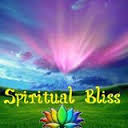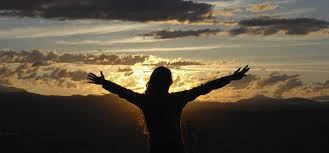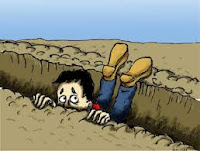The commonly held definition of “belief” as found in the dictionary is: A firm opinion or conviction; an acceptance of a thing, fact or statement; a person’s religion or religious conviction. Some would argue that their belief is the “absolute truth.” The question that comes to my mind when a statement like this is professed: If your belief is an absolute truth, then why does it sometimes change? Why does a transformation process like kundalini rising break down, modify, and even eradicate beliefs previously held?
During my early working years in the city, through the positive influence of people who were important to me, I began a journey into the Catholic Christian faith tradition, which impacted and changed my life in a substantial way. By my mid-thirties, I was engaged in part-time ministry, as well as full time employment and family life. My identity was being shaped by many formation programs and retreats, as well as a ministry that moved me in a radically different direction from my days on the farm. Christian meditation and meditation retreats became my means of maintaining a focus on what I thought was important. They were a way to affirm my beliefs in the Catholic faith. It’s not that I never questioned certain beliefs of the Church that made no sense; I often did. These apparent differences were dismissed on the basis that wiser teachers knew far more than I did; some things just had to be accepted by faith
.
In my mid to late fifties, Kundalini rising was the next dramatic turn that blew a hole into my many deeply ingrained thought patterns and beliefs. Kundalini leaves few stones unturned. Its energies modified and dismantled many of the images and constructs that had served to define my identity and give me a sense of who I was in relation to the world and those around me. It was as if the world as I previously knew it had collapsed. My identity had been substantially modified. Many of the beliefs that motivated me to act in a certain way disappeared. I was left confused and bewildered, but also with a great sense of spaciousness, wonder and freedom. The world as I previous saw it had changed, and I knew there was no way I could ever go back to the way it was before. And I didn't want it to.
In her book “Returning To Essence,” Gina Lake describes beliefs as deeply held patterns of thought that structure our experience. She says that because we believe something, we behave accordingly. Most activities we engage in are based on our beliefs. Those who have different beliefs and values spend their time doing different things. Beliefs form the basis of our identity. They give witness to who we are. But when our beliefs change, our identity changes with them. She writes:
"Our beliefs actually create the situation they describe. That's why it is said that we create our own realty: Our beliefs determine our reactions to life and our choices and therefore our experience, and our experience reinforces our beliefs. Once you realize that, you can choose whether to listen to this version of you and of your life, or not."
All of this, if you think about it carefully, is tied to ego. Our ego is defined by the identities and roles that we assume, how we see ourselves in the exterior world. So our beliefs, when acted out in the stage of life, maintain this ego definition.
When I examine the patterns of change in beliefs in my own life, I must conclude that beliefs in themselves, like thoughts, are not the problem. The problem comes when we become too attached to them. When we become too attached to our beliefs, they may crystallize to form something that is rigid and inflexible. When we become too attached, there is a danger that they become our “absolute truth.” This “absolute truth” then begins to prepare its defense to justify itself. There is a danger of becoming like the Scribe or the Pharisee we read about in the Gospels, a person who allows ego beliefs to become God; and then looks, in judgement, for anyone who does not share that same belief. Are we not seeing this play out in the world today?
Our beliefs need to be examined often and treated more lightly. Those that no longer serve a useful purpose, that no longer lead to a further evolution of consciousness, must be let go, and replaced with something else. Where possible, kundalini would be glad to do this for us.
In meditation, we practice observing our thoughts, seeing them come, seeing them change, seeing them go. They are a phenomenon of the mind, empty of any permanence. We discover that we are not our thoughts. Our inner witness or observer gives testimony to this.
In the same manner, we must practice observing our beliefs. They come, they change, they go. They also are a phenomenon of the mind, empty of permanence. In this manner, our inner witness can become an instrument of compassion, not of judgement, with those who do not share our particular beliefs.







































